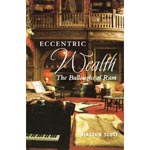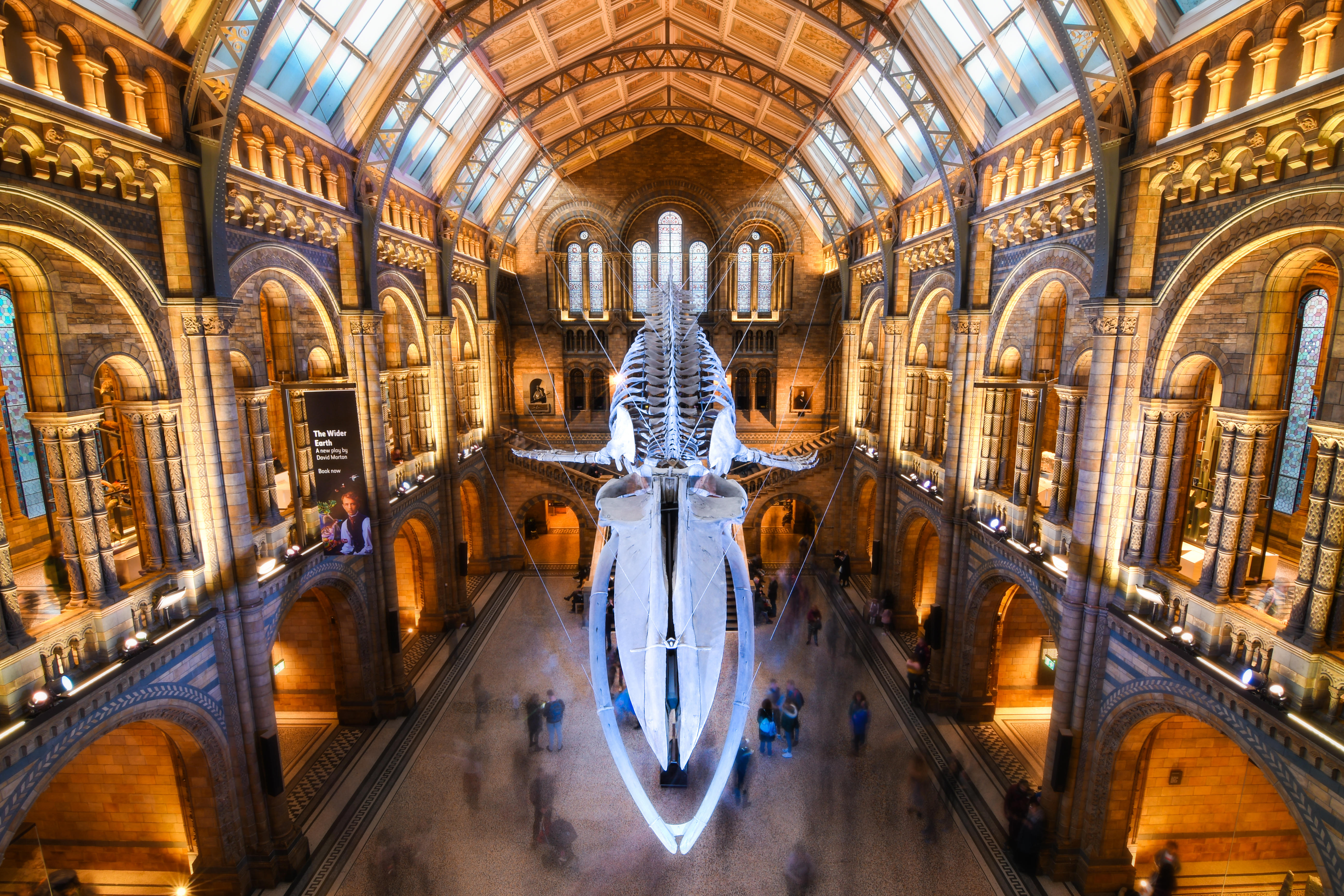Book review: Eccentric wealth: The Bulloughs of Rum
More likely to be fiction than fact, the story of the Bulloughs of Rum is a fascinating blend of history and biography


To order any of the books reviewed or any other book in print, at
discount prices* and with free p&p to UK addresses, telephone the Country Life Bookshop on Bookshop 0843 060 0023. Or send a cheque/postal order to the Country Life Bookshop, PO Box 60, Helston TR13 0TP * See individual reviews for CL Bookshop price
Biography/history Eccentric Wealth: The Bulloughs of Rum Alastair Scott (Birlinn, £9.99, *£9.49)
For a place so thinly popu-lated and inaccessible, Rum is a conspicuous presence in the West Highland con-sciousness. The island's history and its legends, the extraordinary truths, rumours and gossip stir the imagination as potently as its magnificent form. From the stormiest of skies, its rugged outline looms visible from the mainland and the Hebrides as a lone outpost of the Cuillin.
Generations of tourists have been repelled, awed and enchanted by this ‘heap of rude mountains', artists and writers inspired by it. The wild grandeur of its topo-graphy is the result of volcanic action within a ‘girdle of Torri-donian sandstone' as ancient as any rock on Earth. And nowhere else in Scotland is there earlier evidence of human settlement: Rum has been occupied for more than 8,500 years.
Alastair Scott weaves all this together in his excellent new book, which focuses on the island's most colourful chapter as the ultimate leisure retreat of the new Highland lairds. John Bullough was a Lancashire cotton industrialist who inherited his father's Globe Works in Accrington and turned it into a global empire. Already the owner of Meggernie in Perthshire, he bought Rum in 1888 and began its transformation into one of the finest deer forests in Scotland.
Red deer and game birds were imported in their hundreds; salmon filled the burns. He built a series of remote stone shooting bothies and planted 80,000 trees. When he died in 1891, his wish-expressed in one of his doggerel verses-‘That my spirit still may dwell/In the Isle I love so well' was fulfilled, and his sarco-phagus was placed in a mosaiced ‘subterranean groin-vault' at Harris, the abandoned settlement that had been the island's main township before the Clearances.
Sign up for the Country Life Newsletter
Exquisite houses, the beauty of Nature, and how to get the most from your life, straight to your inbox.
But it was his son George who presided over Rum's Golden Age, his legacy the bizarre apparition of florid sandstone that still stands at the head of Loch Scre-sort. Tales of Kinloch Castle and the George Bullough era abound; the author speculates on which are plausible, but, as he says, ‘the story is lustrous enough based on the known facts'.
George was a passionate racehorse owner and sportsman, handsome, tall and heir to an income exceeding £300,000 per year. In 1892, he set off on a world tour, during which he amassed many of the exquisite and grotesque mementos that still adorn the castle. Inelegant it may be, but the craftsmanship, modern technologies and luxurious fixtures gave Kinloch an exoticism that still prevails. That Bullough paid his 300 builders 1s 2d extra a week to wear a kilt is probably a myth, but the circumstances of the castle's construction were certainly extraordinary: everything, including 250,000 tons of Ayrshire topsoil for the Japanese garden and golf course, had to be unloaded from puffers and hauled ashore by horse and cart.
Having earned a knighthood operating his schooner Rhouma as a hospital ship during the Boer War, George married the beautiful divorcee Monica Charrington, who was rumoured to have been a mistress of Edward VII and posed naked on a tiger skin for the artist Galliac. Rich, attractive and racy, the couple indulged their houseparties far from prying eyes. It all came to an end, of course, and after the First World War, Rum acquired the sobriquet ‘The Forbidden Island'. In 1957, Lady Bullough sold to the Nature Conservancy, whose successor, Scottish Natural Heritage, has one overriding interest there: a long-running red-deer research project.
The author enjoys all the fun indeed, he ends up admitting to a sneaking admiration for Sir George-but he leaves us in no doubt of the soberer truths: the evictions and the harsh livelihood and gruelling work endured by the islanders, whose culture was so alien to their landlords. It's impossible not to see the irony of the castle's plight today, great white elephant that it is, surrounded by derelict gardens where once guests played croquet, where figs, grapes and peaches grew in hothouses, humming birds flitted in the camellia house and alligators and turtles swam in heated pools.
Some say detonate the place and good riddance to it; others seek to find a viable future for what is undoubtedly the island's principal tourist attraction. Most agree that, as an outstanding survival of Edwardian opulence and unique social document, Kinloch should be preserved.
Country Life is unlike any other magazine: the only glossy weekly on the newsstand and the only magazine that has been guest-edited by HRH The King not once, but twice. It is a celebration of modern rural life and all its diverse joys and pleasures — that was first published in Queen Victoria's Diamond Jubilee year. Our eclectic mixture of witty and informative content — from the most up-to-date property news and commentary and a coveted glimpse inside some of the UK's best houses and gardens, to gardening, the arts and interior design, written by experts in their field — still cannot be found in print or online, anywhere else.
-
 Athena: We need to get serious about saving our museums
Athena: We need to get serious about saving our museumsThe government announced that museums ‘can now apply for £20 million of funding to invest in their future’ last week. But will this be enough?
By Country Life
-
 Six rural properties with space, charm and endless views, as seen in Country Life
Six rural properties with space, charm and endless views, as seen in Country LifeWe take a look at some of the best houses to come to the market via Country Life in the past week.
By Toby Keel